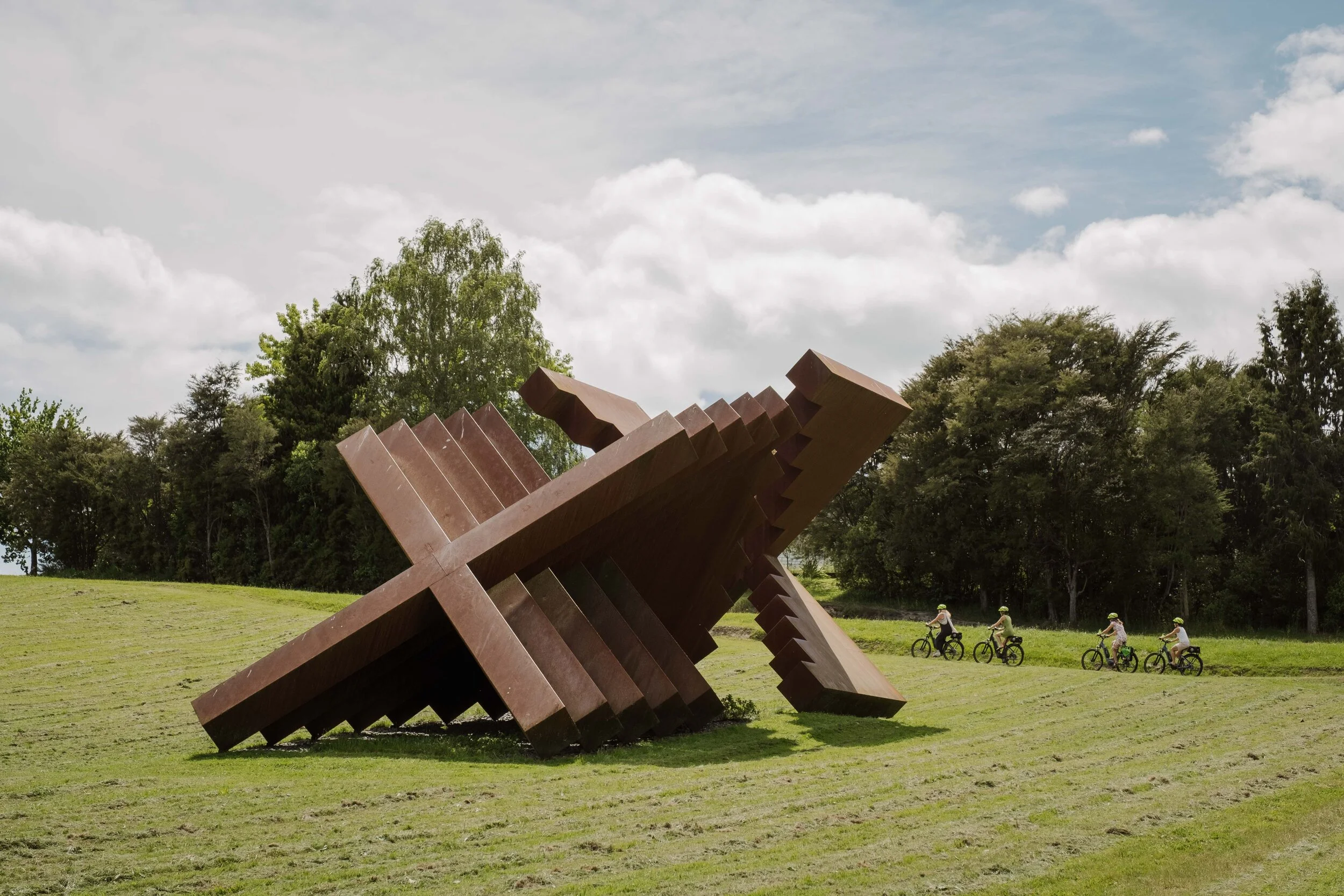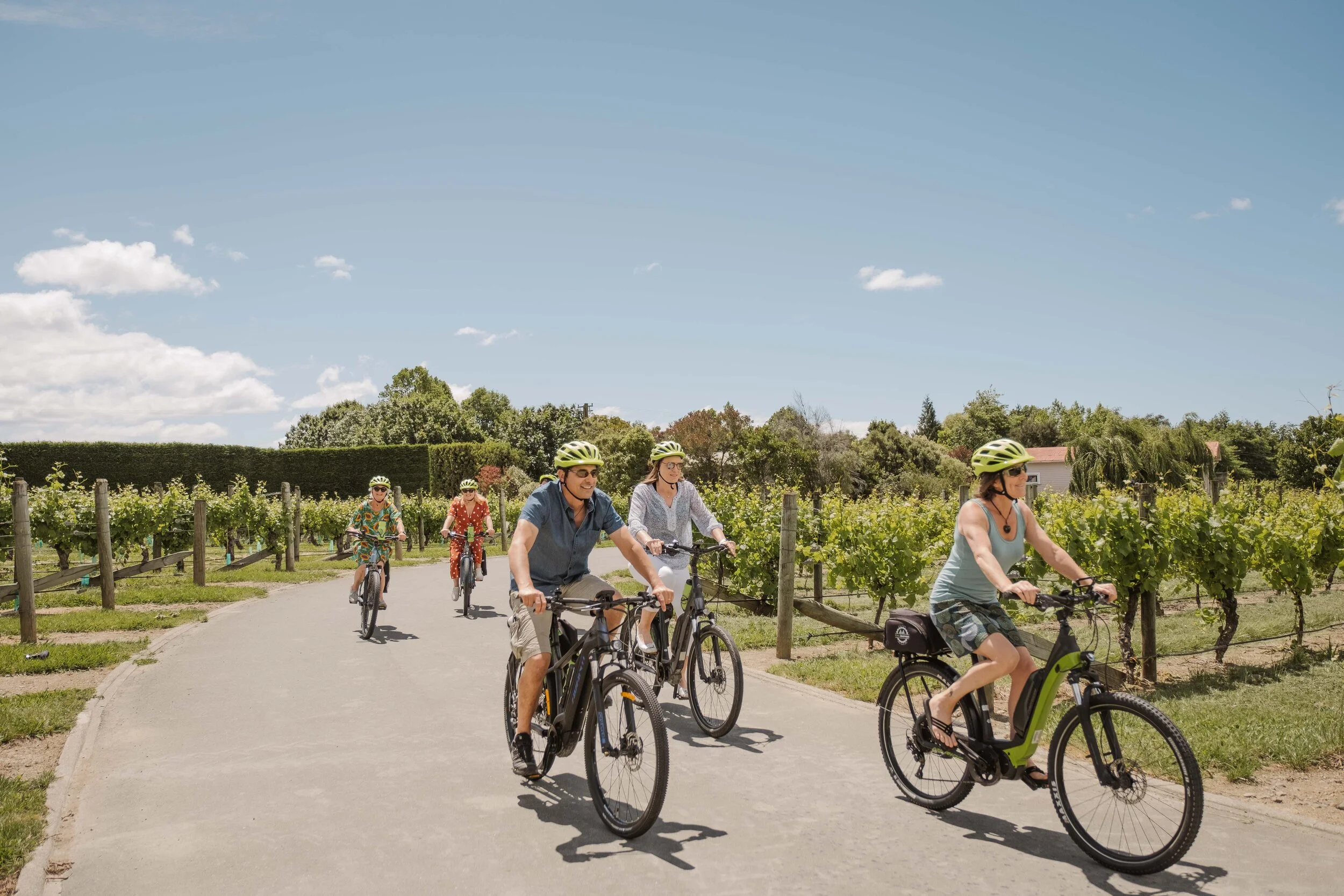Our Paradise
Capture the special moments, the unfolding sense of discovery, and the excitement of tasting a wine that reminds you of something you loved but had forgotten.
Our Nelson Tasman region is famous for its generous sunshine, enviable environment, skilled artisans, and community of talented winemakers.
This serendipitous combination is a base for a culture of bold creativity. This freedom is at the heart of our wine paradise, and in the hearts of our winemakers. You taste it in our wine.
With similar sunshine hours to Italy’s famous Tuscany wine area, imposing mountain ranges and spectacular beaches Nelson Tasman is a vistors’ paradise. Add in a National Park and many cellar doors all on Nelson’s doorstep you have a perfect place for locals and visitors to enjoy the wines and the scenery.
Experience the diverse taste of our three sub-regions
A wine reflects its terroir - its birthplace - in taste, appearance, and aroma.
Grape vines are influenced by the soil in which they're grown, by weather whims, how they’re tended and when they are harvested. Rainfall, sunshine, hailstorms, drought...these all play a role in how the wine in your glass will ultimately taste.
And that is why each season, every wine produced is a fresh adventure. It’s a mystery until that first barrel is opened and tasted. The Nelson Tasman wine region offers a surprising range of varieties and wine styles.
WAIMEA Plains
Waimea means ‘river gardens’ in Māori – with stony soils of alluvial origin and high sunshine hours, the climatically diverse Waimea Plains provide great terroir. The aromatic whites are vibrant wines, with a flinty backbone acting as a counterpoint to the overt fruit flavours. The Chardonnay here is richly expressive with fine acid structure. The Pinot Noir is perfumed with plum and cherry characters on the nose and the ripeness carries through to supple tannins on the palate
MOUTERE Hills
The softly rolling inland Moutere Hills are formed from the weathered gravels of an ancient river system, which originally reached from St Arnaud to Tasman Bay Coast. The gravel threaded clay soils are renowned for producing wines of richness and texture. The Pinot Noir is deeply flavoured with refined soft tannins. The Chardonnay is complex, multi-faceted with excellent structure. Winemakers also produce excellent Sauvignon Blanc, Riesling and Pinot Gris.
Tasman Coastal
A narrow strip of coastal land stretching approximately 30km from the Mapua Inlet nearer Nelson City, to Riwaka in the North West, and a short drive to the start of the world-famous Abel Tasman National Park track. The moderate maritime climate of this sub-region combines harmoniously with the Moutere clay of Tasman, through to the limestone of Riwaka, allowing production of a wide range of fine wines of complexity and elegance.
Come, visit AND Taste the terroir – our wine’s birthplace
The compact location of our wineries makes it easy to visit as many of our cellar doors as you wish in a single day.
Visit our cellar doors, meet the vintners, sample unforgettable wines, lose an hour or two over a kick-back vineyard lunch, and revel in this paradise.
Travelling to Nelson?
The Nelson Tasman region has an enviable Mediterranean and sunny climate that allows visitors to explore and enjoy all year round.
The region is home to a prominent artisan community, with an abundance of wineries, breweries, artists, galleries, and cafes available for visitors to experience first-hand.
Nelson Tasman also delivers an exceptional outdoor scene with plenty of hiking, kayaking, cycling, fresh seafood and fishing, three national parks, and two of New Zealand’s “Great Walks”. You will find remarkable wine experiences spread across the three sub-regions: the Tasman Plains, Hills and Coastal regions.
Just because our wineries are close together, there’s no need to rush. Spend a day or two exploring each sub-region on its own for a memorable wine get-away.
Getting here: Nelson’s new airport welcomes flights daily from all around the country. From Wellington, it’s a quick 30-minute flight and for those taking the ferry across the Strait, it’s a scenic two-hour drive from Picton.






















